McConnel has been manufacturing machinery since 1935. In 1948, a Scottish farmer named Gilmour invented the mid-mount Mark I hedge cutter and sold the rights to McConnel to build the machine.
The machine revolutionised hedge cutting, offering huge improvements in speed and efficiency against manual cutting. After this, the focus for McConnel was and still is to this day firmly on hedge cutters. Production of the PAU (Power Arm Universal) began in 1953. The company strapline at the time for this machine was “makes hedging a quick, one-man, spare-time job”.
The PAU was a hugely important product in McConnel’s history due to its great sales success. It is estimated 7,000 units were produced, the majority of which were sold with the standard and most popular reciprocating finger-bar.
Without doubt, this machine was an instrumental product that set the company on the successful path it is on today as one of the largest manufacturers of hedge cutters and trimmers in the world. Other attachments that were available were a shape saw, a saw bench, a rotary topper and a pasture/hay mower. In 1953, the retail price for the PAU started from £49.
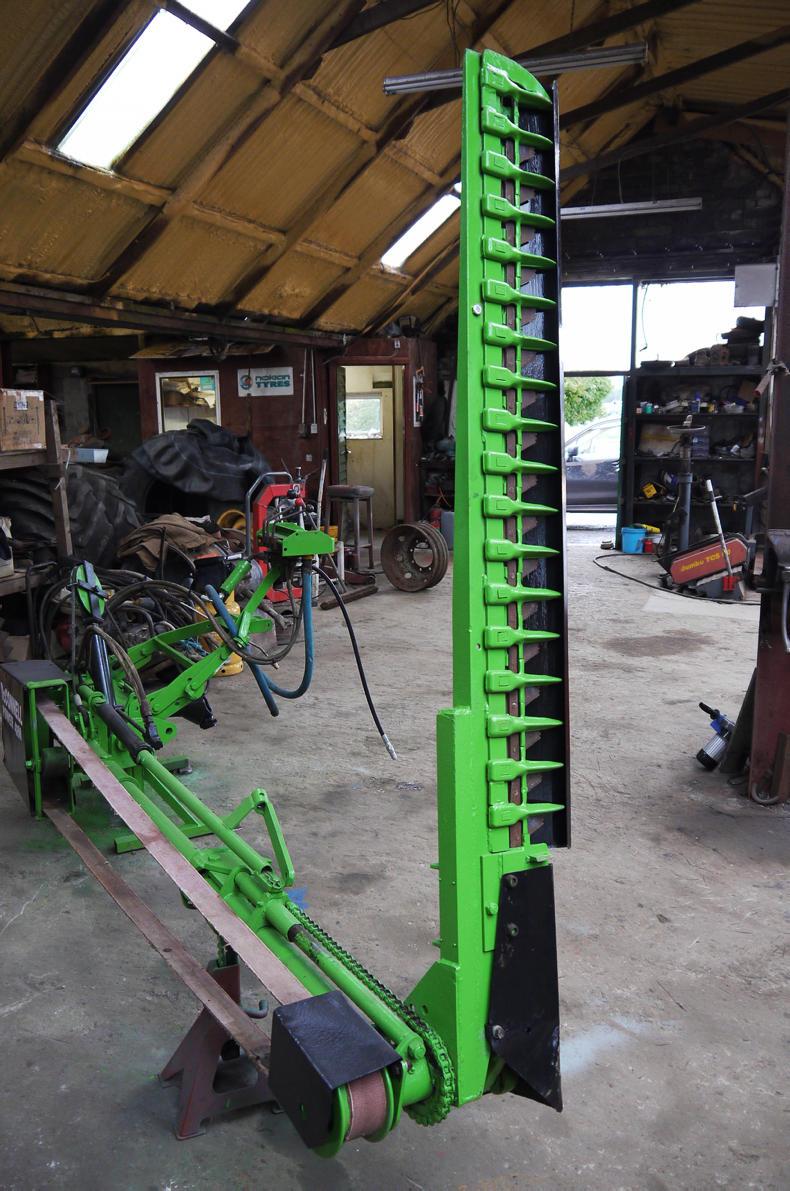
Martin Maloney's McConnel PAU is fitted with a finger bar head, but other other attachments that were also available were a shape saw, a saw bench, a rotary topper and a pasture/hay mower.
Design
The machine was mounted on the three-point linkage of the tractor. PTO drive went straight to the belt drive of the machine through a short PTO shaft. There was no gearboxes on this machine.
The machine had two hydraulic rams for altering its cutting position. The hydraulic ram mounted behind the toplink of the PAU at approximately 45 degrees controlled the angle of the main beam. When the ram was extended it pushed a pulley holding a steel rope which raised the main beam and in turn adjusted the cutting height.
The opposite happened under gravity when the ram was retracted. Mounted horizontally on the machine, a double-acting ram controlled the angle at which the head worked at. Extending the ram pushed the head away from the machine, which pivoted more than 180 degrees allowing a lot of cutting range.
The advantage was the finger-bar or whatever attachment was fitted could be used in a vertical or horizontal position to reach above or below the tractor. For such a simple design, it had many uses which greatly reduced the manual labour involved in trimming hedges and ditches. Reading the very detailed 49-page operator’s manual, McConnel even offered different mounting brackets for various brands including David Brown’s, Nuffields and Fords. They recommended “the PAU frame should always be rigidly held with the aid of the tractor stabilizer chains or arms” – a recommendation which holds true to this day.
Control for the machine is two twin-acting hydraulic levers with a flow-return pipe taking oil back to the tractor’s rear axle.
Martin Maloney bought his machine at an auction for £185 in the UK a few years ago. On seeing it in his garage, the first thing I asked Martin was why the green colour?
“At the time these machines were used by Clare County Council and this was the colour they came in. They were mounted on the back of a Fordson major. As young lads we’d run miles just to see it working. Prior to this slashers, bill-hooks and scythes were used to trim the ditches.
“The machine can be used in two different setups. Pulling a pin on the main beam allows the finger-bar to be brought closer to the tractor as the main beam is telescopic. It can be kept in its current position also which at full reach has a maximum cutting height of 9’ on the back of a Fordson Major. All you need is two different lengths off belt”. The finger-bar is 5ft 6in long”.
Looking at this machine, it is clear McConnel hedge cutters have come a very long way since they rolled off the production line more than 60 years ago.




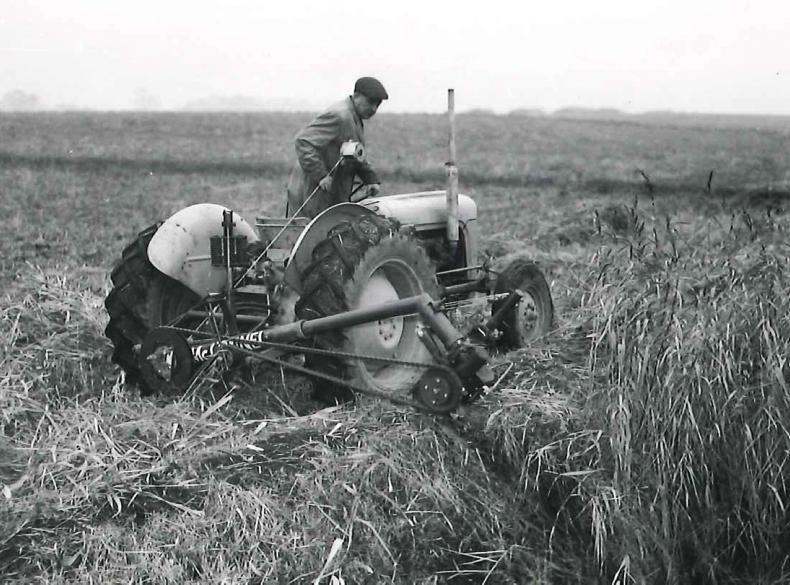
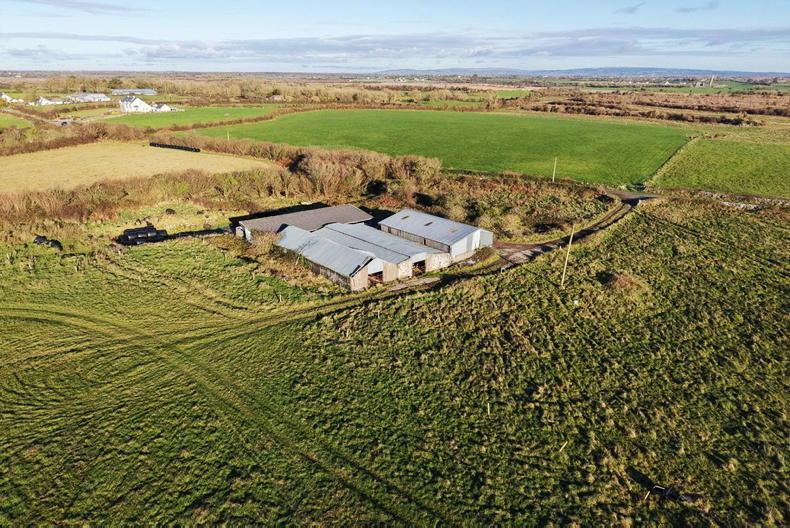
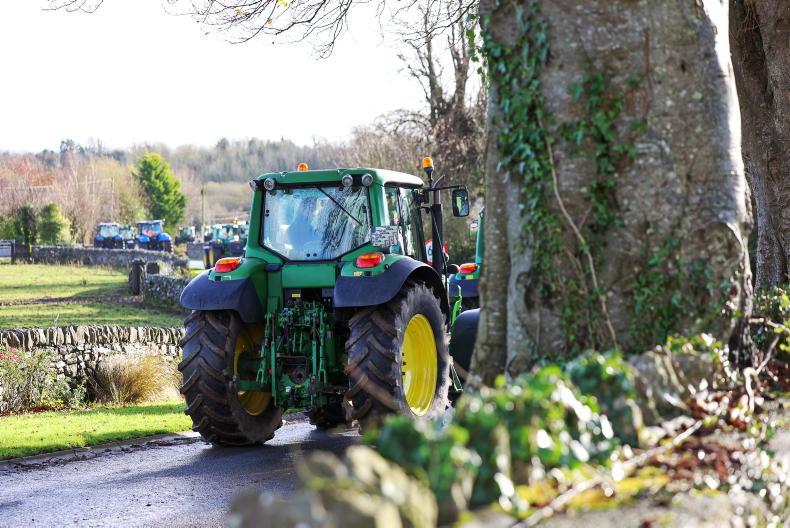
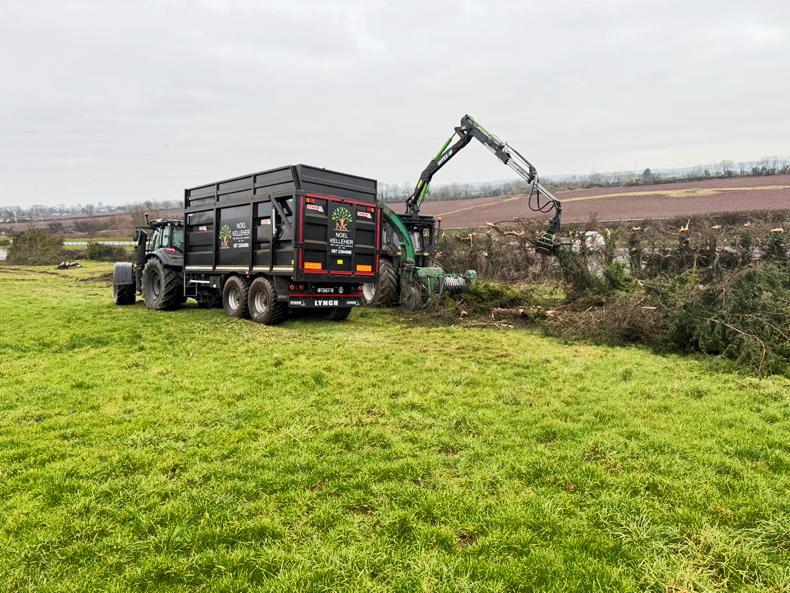
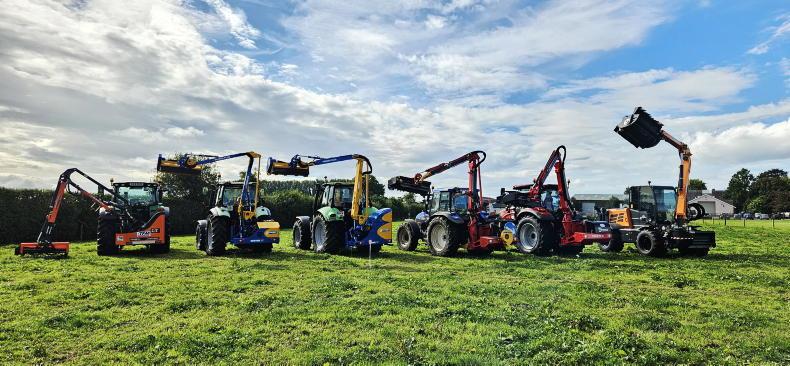
SHARING OPTIONS